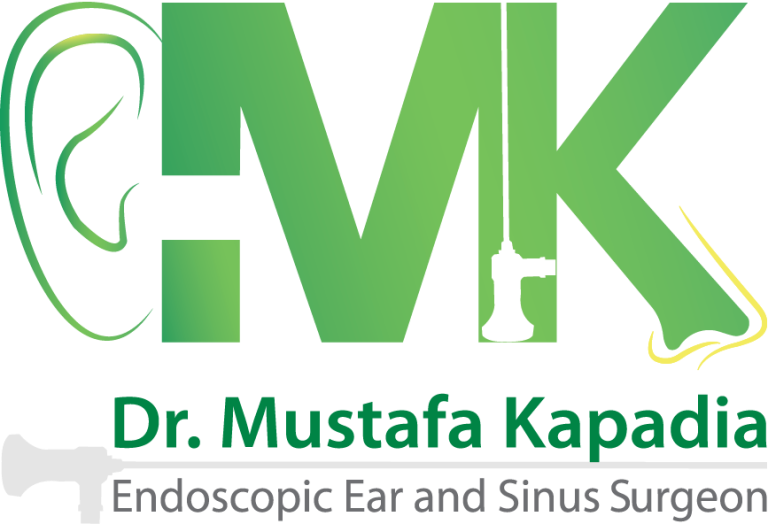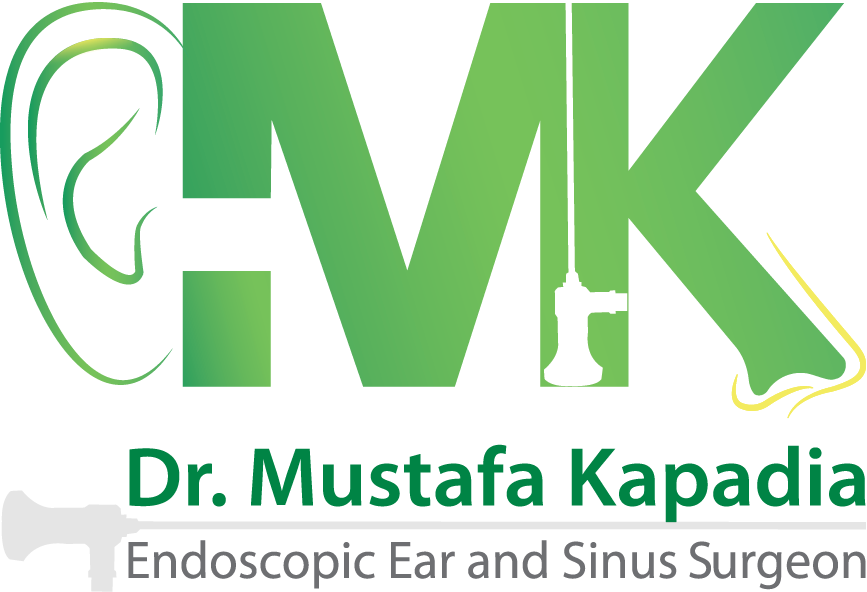Hoarseness of Voice Treatment
What is Hoarseness of Voice?
When your voice sounds raspy, strained, or breathy, you have hoarseness (dysphonia). The loudness (how loud or quiet you talk) and pitch (how high or low you speak) may differ. There are various causes for hoarseness, but most are not dangerous and usually go away after a proper treatment.
Causes:
At the top of your windpipe (trachea) and the base of your tongue lies your voice box (larynx), which is made up of cartilage, muscle, and mucous membranes. The vocal cords are two flexible bands of muscle tissue located at the windpipe’s entrance. When your vocal cords vibrate, the sound is produced.
Air flowing through the larynx causes this vibration, which brings your voice cords closer together. When you swallow, your vocal cords also help seal your voice box, keeping you from inhaling food or fluids.
Your vocal cords cannot function correctly if they get inflamed, acquire growths, or become paralyzed, and you may have a voice problem.
The following are some of the most prevalent vocal disorders:
- Laryngitis ( most often due to viral infection following a cold)
- Benign (non cancerous) lesions like vocal cord Nodules, Cyst, Polyp• Dysphonia due to muscle tightness
- Spasmodic dysphonia, for example, is a neurological voice condition.
- Lesions that are both precancerous and cancerous
- Vocal cord weakness or paralysis
Risk factor:
A voice problem can be caused by several reasons, including:
- AgingOveruse or abuse of the voice
- Allergies
- Gastroesophageal reflux disease (GERD) is a kind of gastroesophageal reflux (GERD)
- Colds and upper respiratory infections are examples of illnesses
- Over a lengthy period, improper throat clearing
- Diseases of the nervous system
- Stress on the mind
- Smoking
- Cancer of the throat
- Dehydration of the throat
- Thyroid issues
Diagnosis and treatment:
Your ENT doctor will ask you comprehensive questions about your vocal issues and will perform a complete ENT examination. Essential part of examination is to look at your voice box using one of the below mentioned methods;
Mirror:
Your doctor places a long, stiff tool in your mouth with an angled mirror, similar to a dental mirror.
Flexible laryngoscope:
A flexible laryngoscope is a flexible tube with a light and camera that your doctor puts through your nose.
Rigid laryngoscope:
A rigid viewing tube is inserted via your mouth.
Videostroboscopy:
Your doctor places a camera in your mouth along with a flashing light to give you a slow-motion view of your vocal cords as they move.
If hoarseness is caused by vocal cord paralysis, then your treating doctor will also ask you to do a CT scan of your neck and chest to plan further management.
Depending on the cause of your hoarseness of voice, the doctor will recommend either conservative management like drugs to reduce inflammation and swelling, Voice rest, Speech therapy or surgical treatment ( microlaryngoscopic surgery).

